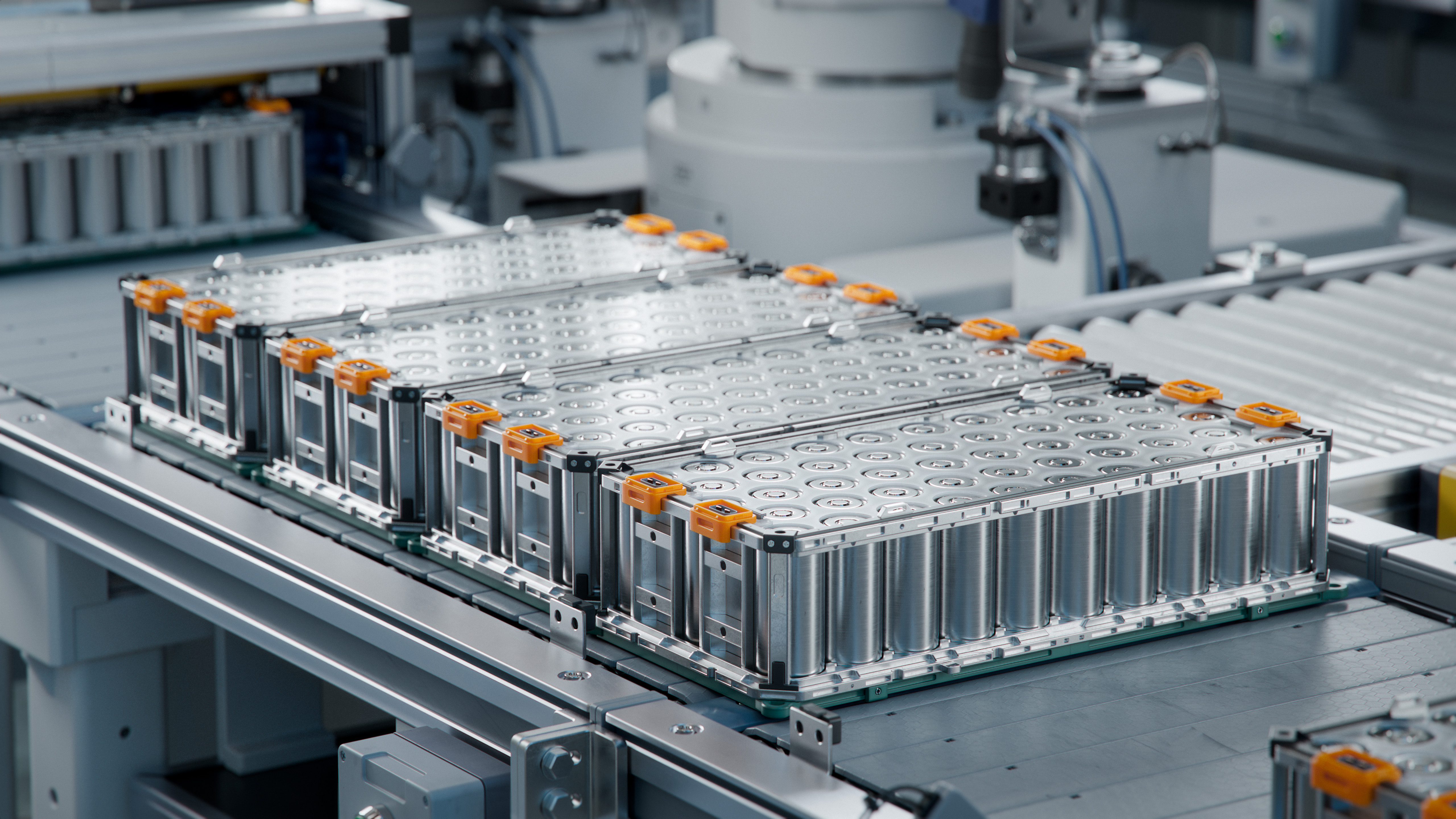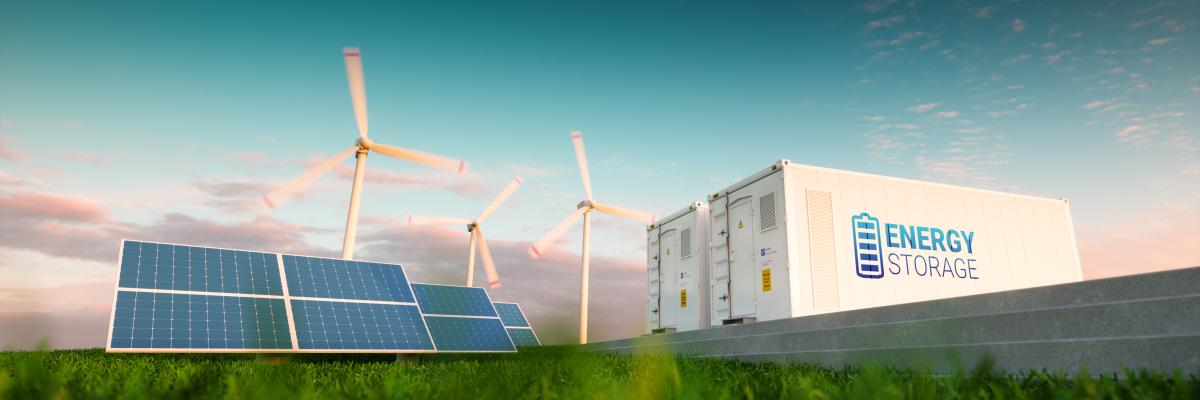Breadcrumb
Building up the market: Strong demand for Lithium-ion batteries drives request for separator film
The growth rates are overwhelming: 14 million electric vehicles are expected to be sold in 2023 globally. Lithium-ion batteries power these new cars. They are the most popular rechargeable energy storage systems used today. A main component in each Li-ion battery is the separator film.
The separator is a porous film that separates the electrodes while enabling the exchange of lithium ions from one side to the other. SML is the number one machine manufacturer for separator film (LiBS film) made by the dry process. In the last decade, SML has delivered more than 90 cast film lines for separator film to leading Asian manufacturers – with ongoing orders in progress. “During this period, we had the opportunity to expand our technical and process knowledge in this specialised field. In collaboration with our customers, we constantly optimised our LiBS lines, increased line speeds and efficiency, and we are continuing to enhance the quality of our products,” Alexander Bruckmüller, Product Manager at SML, explains.
Straightforward dry process: Resource-saving and eco-friendly
SML produces machines for the manufacturing of separator film in the dry process. Compared with the wet process, this provides several advantages: SML’s production method is market-tested and has proven to be both effective and straightforward many times over. It also requires fewer production steps. And, above all, the dry process is more energy-efficient, the material costs are lower, and it is more environmentally friendly as no solvents are needed. But what are the key stages when manufacturing separator film?
Producing primary film on SML’s LiBS lines
Generally, separator film manufactured on SML’s LiBS lines is a 3-layer cast film, consisting of PP, HDPE or a combination of these raw materials. The LiBS lines from SML are fitted with an extrusion unit with two extruders and a single or a multi manifold-die. In the dry process, the melt pulled out of the die is oriented with a high draw down ratio. LiBS lines are equipped with a roll stack with up to 10 rollers for the optimum stabilising and annealing of the film. The thickness of the film is controlled by an automatic thickness regulation system. The winding station represents the final step in SML’s LiBS line. This is where premium nonporous primary film is wound to perfect rolls.
Subsequent processes and treatments
The nonporous primary film is then further processed into applicable separator film. These are the essential downstream production steps:
- Multiplying of films: Several film webs are placed together to improve efficiency in the following stretching process.
- Annealing and stretching of the film in several steps on a mono-oriented stretching system in order to optimise the crystalline structure and to create the film’s pore structure.
- Disassembling into single films after the MDO process
- Optional ceramic coating in order to increase the film’s temperature stability
- Slitting into the required end film width
Government initiatives boost innovation
To benefit from this tremendous market expansion, several governments have started initiatives to set up their own battery industries and to boost innovations in these areas – for example, the EU initiative “European Battery Innovation”. SML globally supports all manufacturers who are interested in producing separator film efficiently and in an eco-friendly manner.
Redlham, October 2023

